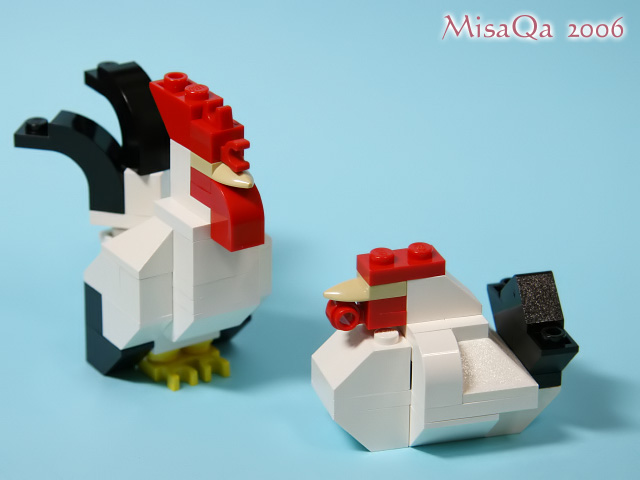It’s brutally, miserably hot (well, mainly humid) in Japan right now. My most recent post featured cold tofu from mumu and his wife. Today’s post features another cold cuisine from mumu, “somen“:

There are several types of noodles in Japanese cuisine, including thick wheat noodles called udon, thinner buckwheat noodles called soba, and very thin wheat noodles called somen. Somen is usually served cold, often on a bed of ice, with various garnishes and a cold sauce for dipping.
Some restaruants, like the one mumu shows in his LEGO scene, make somen a bit more of an experience. You sit at a bar with little channels running in it, and you scoop out the noodles as they float by. They tend to be a bit touristy, but they’re really fun — kind of like revolving sushi, except with channels of water instead of a conveyer belt.
I took my grandfather, visiting from Freeport, Maine, to downtown Tokyo when I was nine or ten, and twenty years later he still tells the “hilarious” story about going to a restaraunt with me and being served cold noodles. “On ice!” he exclaims, “with dipping sauce! I’d never seen the like!” He nearly fell over when we went to a nagashi somen restaurant (nagashi means “flowing”).
The Brothers Brick is funded by our readers and the community. Articles may include affiliate links, and when you purchase products from those links, TBB may earn a commission that helps support the site.
















